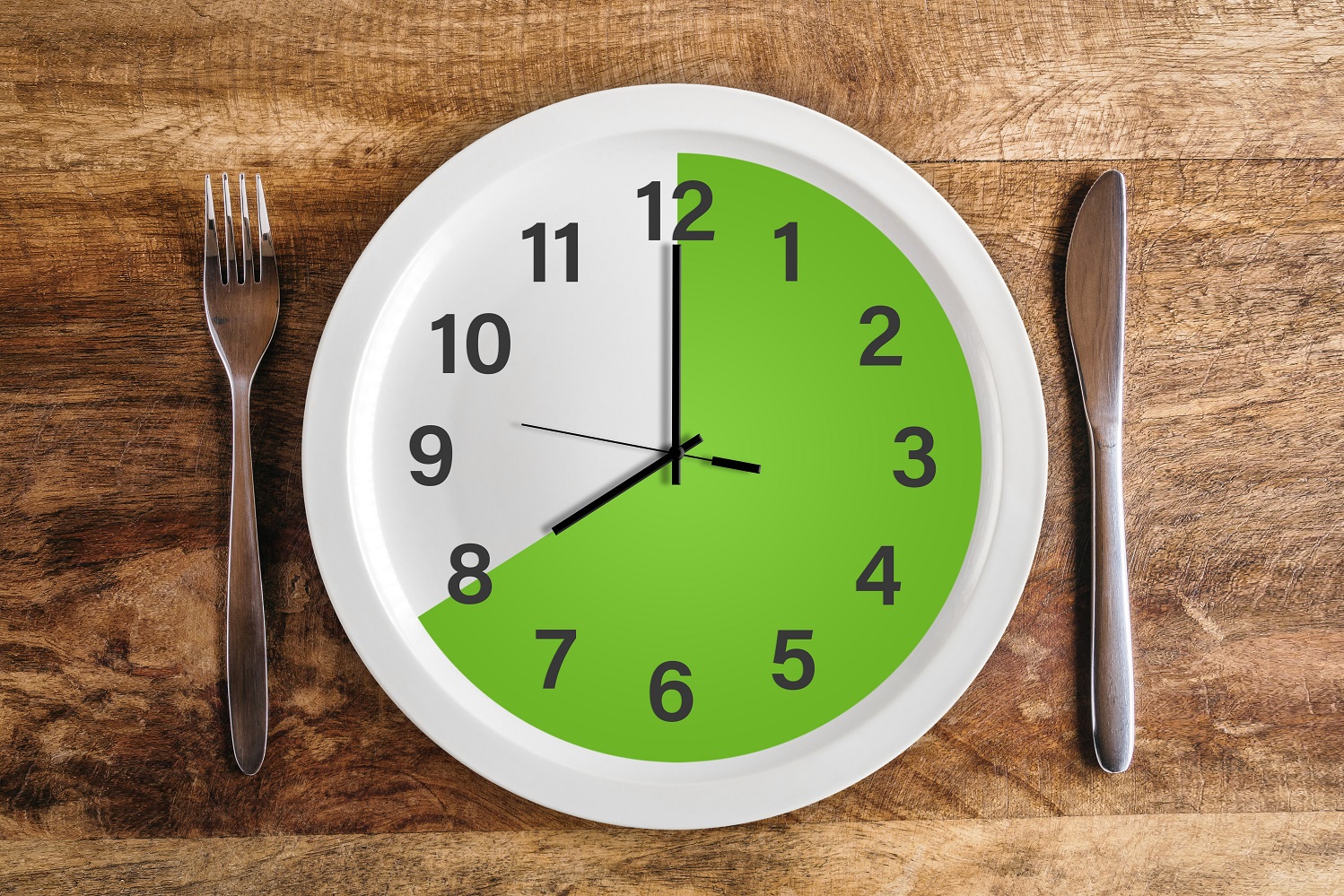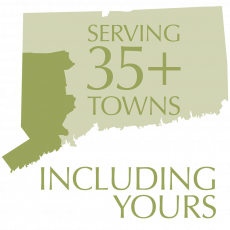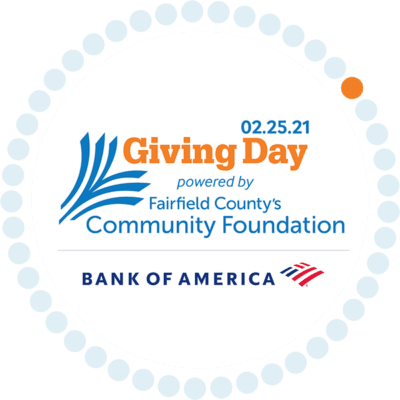

On Saturday, Jan. 25, RVNAhealth registered dietitian and nutrition educator, Ava Safir, JD, MS, RDN, presented A Tale of Two Diets at Fit Club in Ridgefield, offering education and information on Intermittent Fasting and the Ketogenic Diet. As part of her research, Ava herself did the Intermittent Fasting (IF) diet. Here are her key takeaways from the experiment.
Ava chose to follow the 16/8 plan, which means that she fasted for 16 hours and ate for 8 hours each day. Shares Ava, “I chose to eat three meals per day rather than the recommended two because I am not a big eater and I did not think I could eat enough calories or get enough nutrients eating just two meals per day. I ate between the hours of 10:00am and 6:00pm, though I did have my morning coffee. That was non-negotiable.”
So, what was it like?
Workout Worrries: I was concerned about working out in the “fasted state” each morning. But once I got out of the house (as suggested by friends), and started moving, I was totally fine. I also noticed that my breakfasts tasted extra good after the long fast, and I enjoyed them more than usual.
Eating What I Want (If Not Exactly When I Want It): I enjoyed the flexibility of being able to eat whatever I wanted without counting calories or worrying about macronutrient distribution (the ratio of carbohydrates, proteins and fats in a diet). I hate having to plan calorie counts or types of food I “should” be eating in advance. I generally eat a whole-foods diet, and I was happy to still be able to eat the foods I like.
It Might Get Lonely: The strict timing issue was difficult with the IF diet — particularly in the evening. I could not eat dinner with my family because I had to be done eating by 6:00pm, but my son didn’t get home from school until 7:00pm. Also, when friends wanted to go out for dinner, I had to choose between sticking with the IF plan or skipping it that night because we weren’t getting together until 7:00pm (after my eating curfew).
Fasting Means Fasting — Period: On a couple of the days, I was a little extra hungry, and wanted to eat a late afternoon snack. I chose not to since I was following the diet plan, but the decision did run counter to my basic belief in intuitive eating. (Intuitive eating is a non-diet approach to health and wellness that focuses on listening to internal cues like hunger, fullness and satiety to nurture and nourish the body, and rejecting external cues like food rules and restrictions put forth by a diet-obsessed culture.)
Overall, Ava found Intermittent Fasting a little easier than she had expected. She did not lose weight on the diet — nor was she trying to. She was simply experimenting with the approach. Says Ava, “I think IF can be a helpful way to get yourself into a healthy eating pattern. I think long-term, I would need a more flexible version of the plan so that I could continue experiencing most of the benefits while gaining some flexibility in terms of my schedule and belief in following an intuitive eating pattern.”





